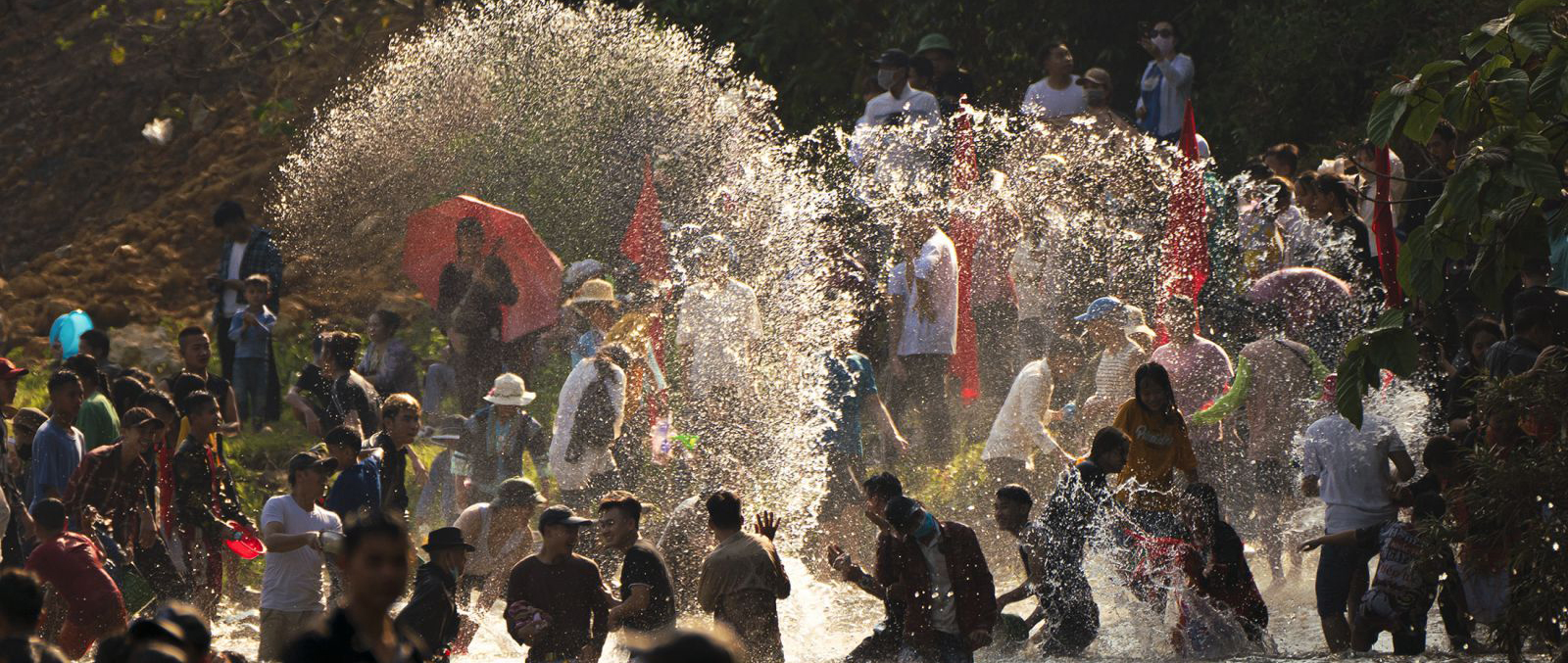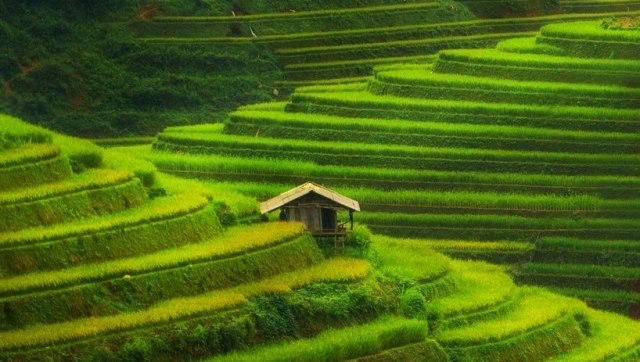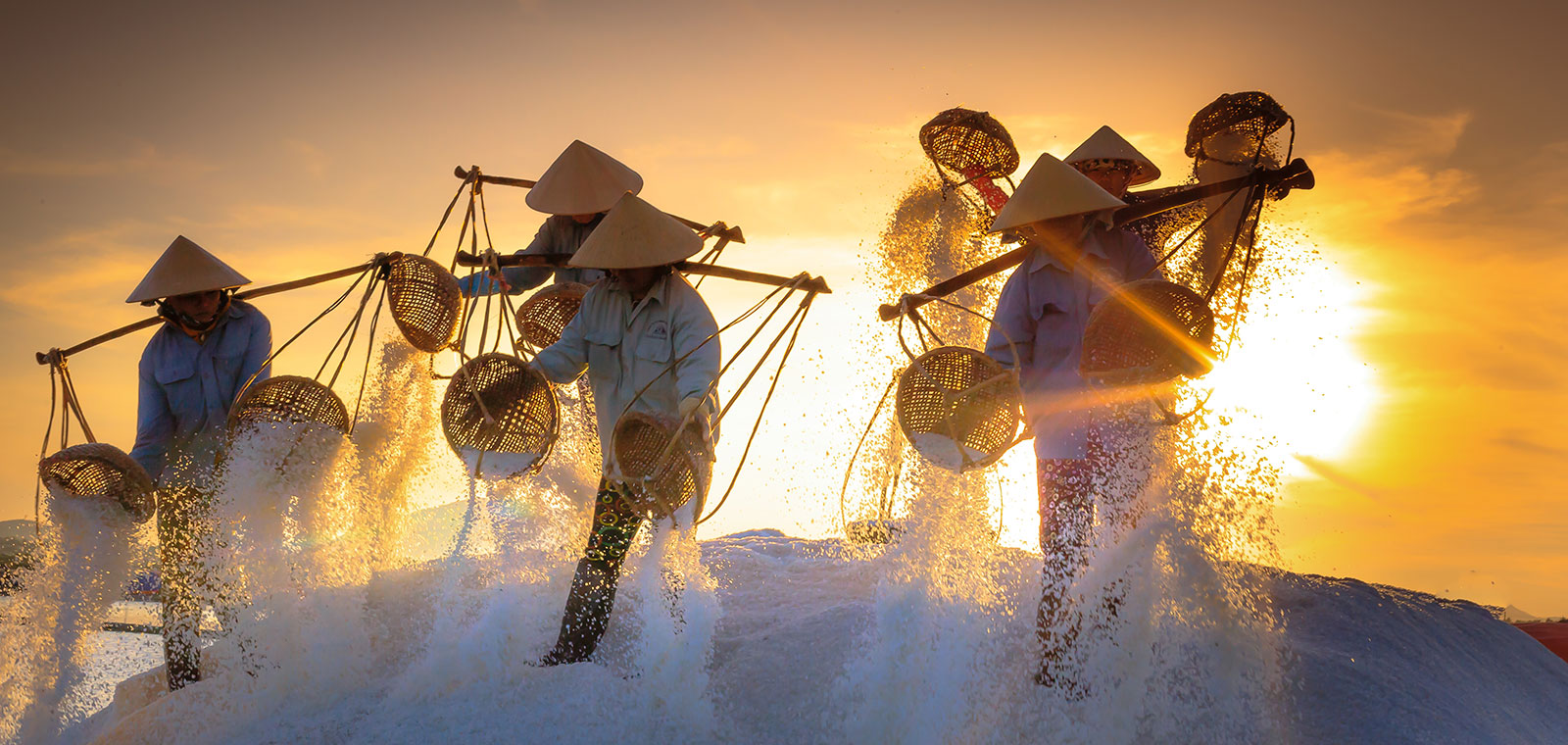SIEM REAP
Siem Riep "where there are traces of the past of the Khmer dynasty, the image of the present Kingdom of Cambodia and the future Cambodia". Siem Reap is nestled around vast rice fields, next to green rivers interspersed with mountains with immense trees creating a charming painting that "softens" visitors. The complex of Angkor Wat, Angkor Thom takes visitors lost in the mysterious and ancient spiritual land of the most glorious civilization for a while.
Besides the popular tourist destinations, Siem Reap also has a rich culinary culture. Siem Reap's delicious dishes are famous throughout Southeast Asia, making anyone who comes here want to taste them.
 Best time to visit SIEM REAP
Best time to visit SIEM REAP
Traveling to Siem Reap is possible at any time of the year, but it is best to choose in December to half of May. This is the dry and sunny season, convenient for sightseeing and experiences.
From half of May to November is the rainy season, the air is humid, which also affects the trip more or less, but with the price, the cost of accommodation will be lower than the peak.
 Best things to do in SIEM REAP
Best things to do in SIEM REAP
- The first place you should visit is the ancient temple of Angkor Wat with ancient and mysterious features and mossy stone slabs
- Visit Angkor Thom with outstanding architecture that makes the whole world bow before the talent of the ancient Khmer such as: Bayon, Baphuon, and Phnom Bakheng
- Don't forget to visit the Bayon temple with ancient Buddhist architecture mixed with unique Indian features
- Visit Preah Khan, a 800-year-old ancient temple, where thousands of Khmer prisoners were executed and the king died.
- Explore Ta Prohm and Ta Som temples with the zigzag roots of ancient trees over a hundred years old, creating a wild, mysterious and ancient look.
- Visit Prasat Kravan the purest Hindu temple and small temples Banteay Srei, Banteay Samre
- Elephant fight square was built around the 10th century, fortunately this place still retains the intricately carved stone wall with elephant-shaped stone pillars to attract visitors.
- Take a boat trip on the poetic and unspoiled scenery of Bien Ho fishing village
- If you want to buy something as a gift, try visiting the old market, night market or floating market of the people here.
 How to get to SIEM REAP
How to get to SIEM REAP
By air: Traveling by plane is the fastest way to get from Phnom Penh to Siem Reap. The flying distance is 150 miles (241 km). On average, the flight will take approximately 45 minutes
By road:
• Private car: It allows you to tailor-make your trip. The journey will take about 5 hours in total and there are some stunning views along the way.
• Buses: The overland section from Phnom Penh to Siem Reap is approximately 204 miles (327 km). VIP buses tend to be quicker (6 hours) than economy buses (7 hours), and the journeys are more convenient.


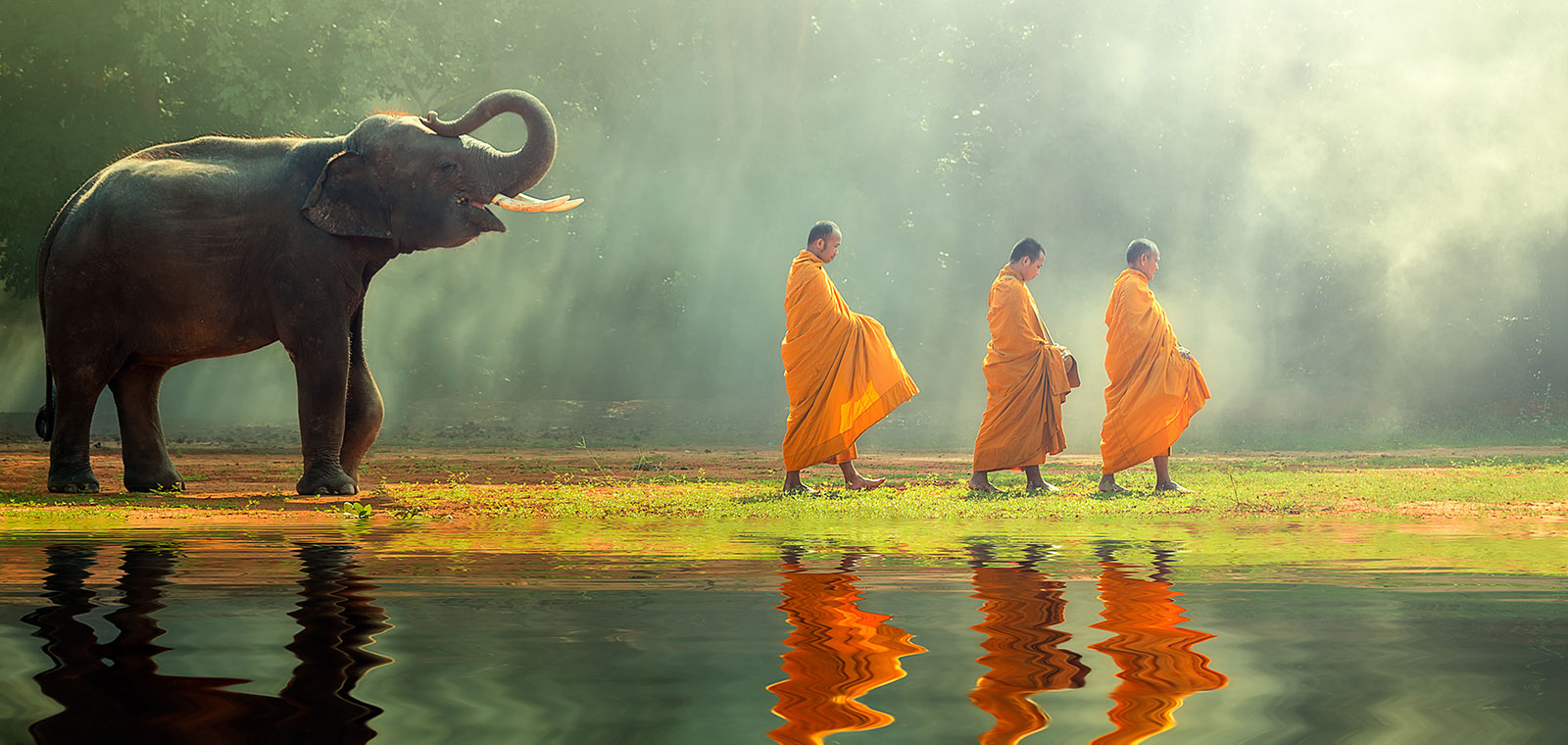
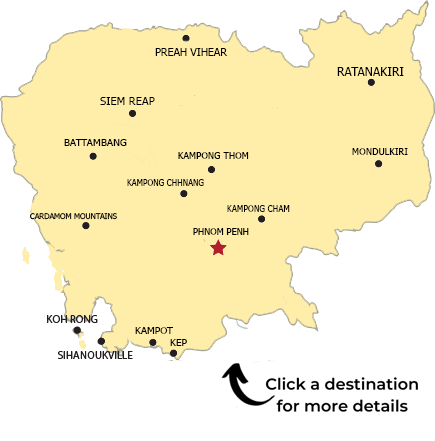
 Best time to visit PHNOM PENH
Best time to visit PHNOM PENH

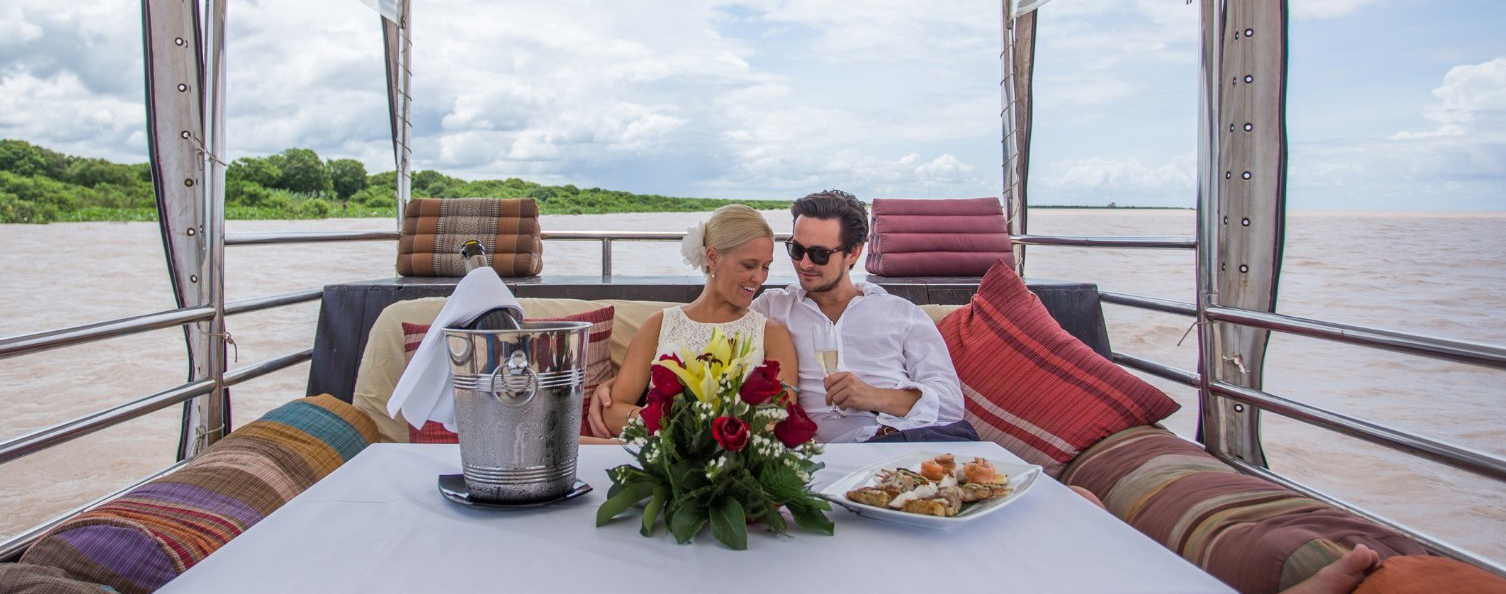
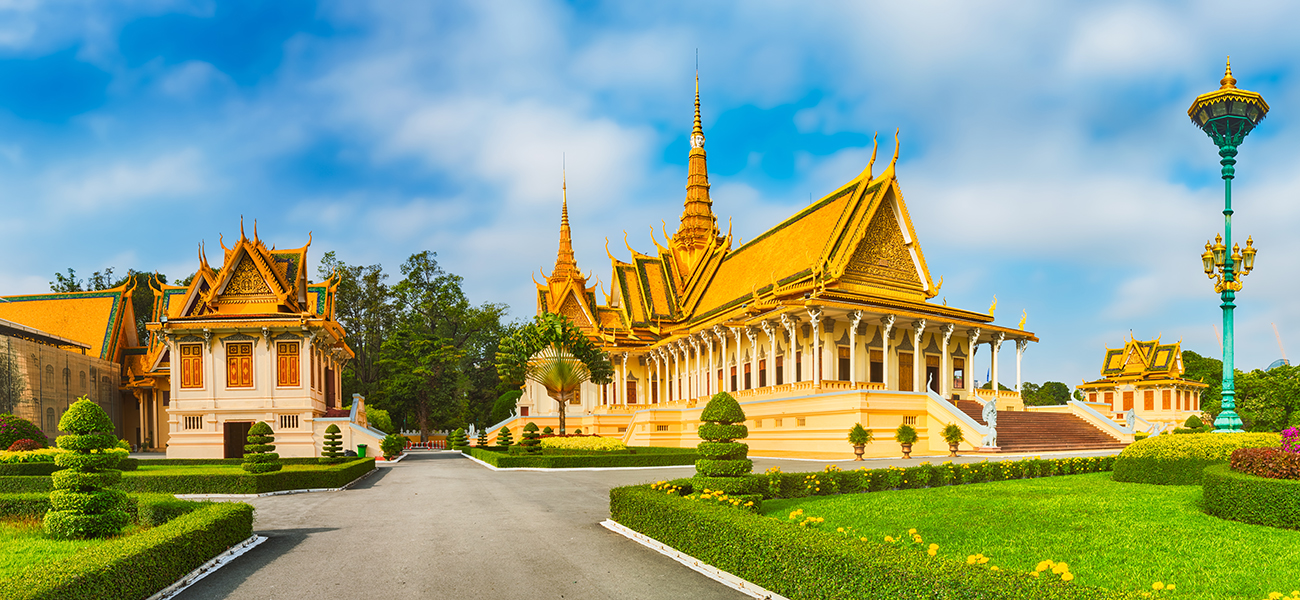

.jpg)
